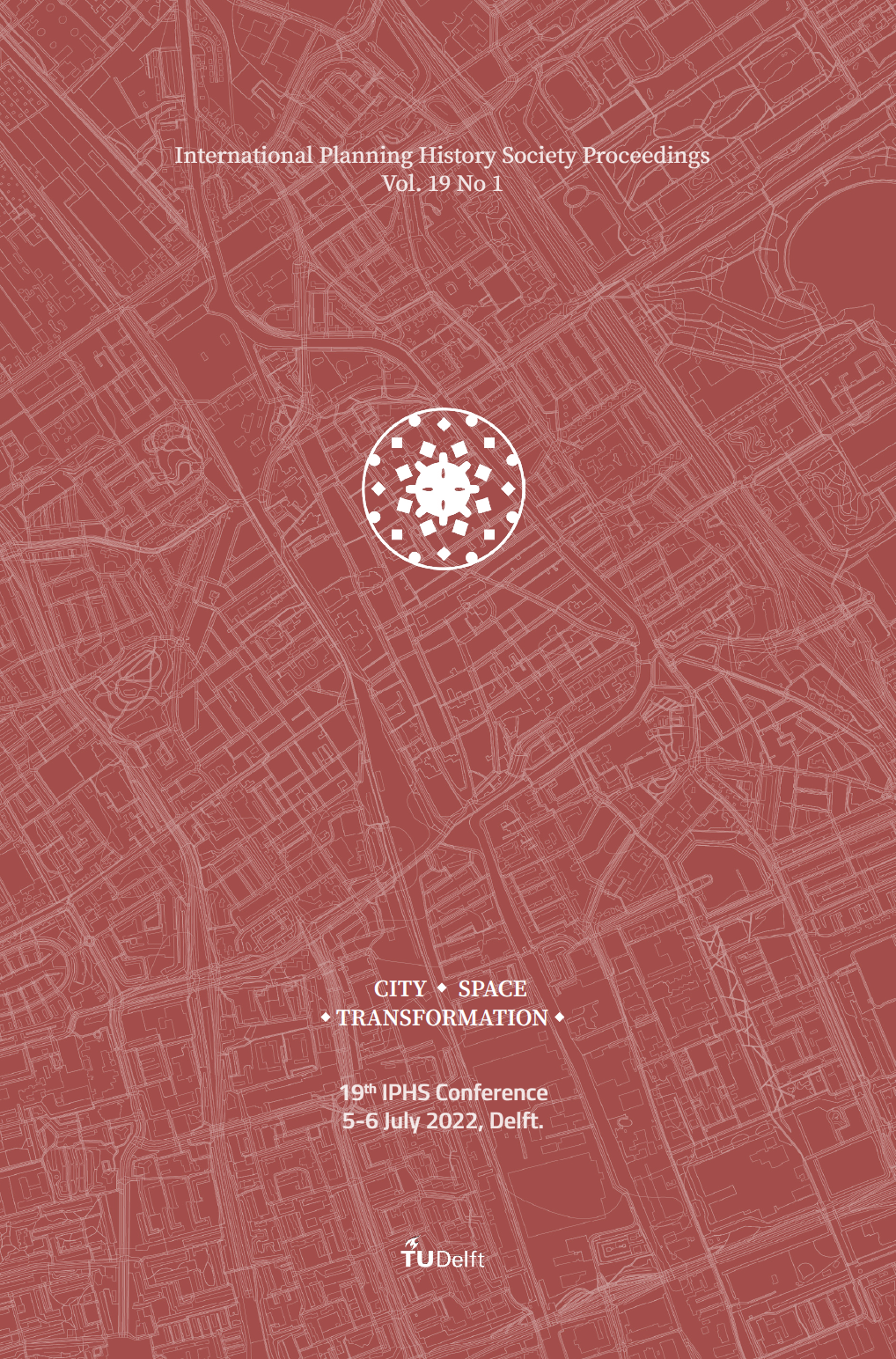City as an Accumulation of Reconstruction
Planning History of Kamaishi, a City Constantly Hit by Disasters, Mainly Tsunami
DOI:
https://doi.org/10.7480/iphs.2022.1.6737Abstract
Kamaishi in Iwate Prefecture has suffered devastating damage on several occasions, including the 1896 Meiji Sanriku tsunami, the 1933 Showa Sanriku tsunami, the 1945 naval bombardment during W.W. II and the 2011 Great East Japan Earthquake. It has recovered each time. The purpose of this paper is to organise the history of reconstruction planning and urban development in Kamaishi and to identify the characteristics of Kamaishi’s landscape and urban space in terms of disaster and reconstruction. As a result, temples, shrines and public facilities have been moved and new infrastructure has been developed repeatedly after each disaster in the Kamaishi area in modern times. These have generated a landscape typical of Kamaishi, centred on wide streets that form a vertical axis connecting the coast and the highlands, and have been accumulated as the history of the land in each place. The urban space of Kamaishi has been woven into the will to evacuate through repeated experiences of disaster and reconstruction. In the reconstruction after the Great East Japan Earthquake, new layers and facilities were added for commercial recovery and residential reconstruction, but the underlying tone was aimed at building a network of evacuation routes.
Downloads
Published
How to Cite
Issue
Section
License
Copyright (c) 2022 Naoto Nakajima

This work is licensed under a Creative Commons Attribution 4.0 International License.

